15 World Landmarks Everyone Should See at Least Once
Traveling gives us the chance to see places that hold special meaning around the world. From ancient wonders to modern marvels, these landmarks stand out for their beauty, history, and cultural importance. Visiting even a few of them can leave lasting memories and a greater appreciation for the world’s most iconic sites.
This post may contain affiliate links, which helps keep this content free. Please read our disclosure for more info.
Eiffel Tower – Paris, France
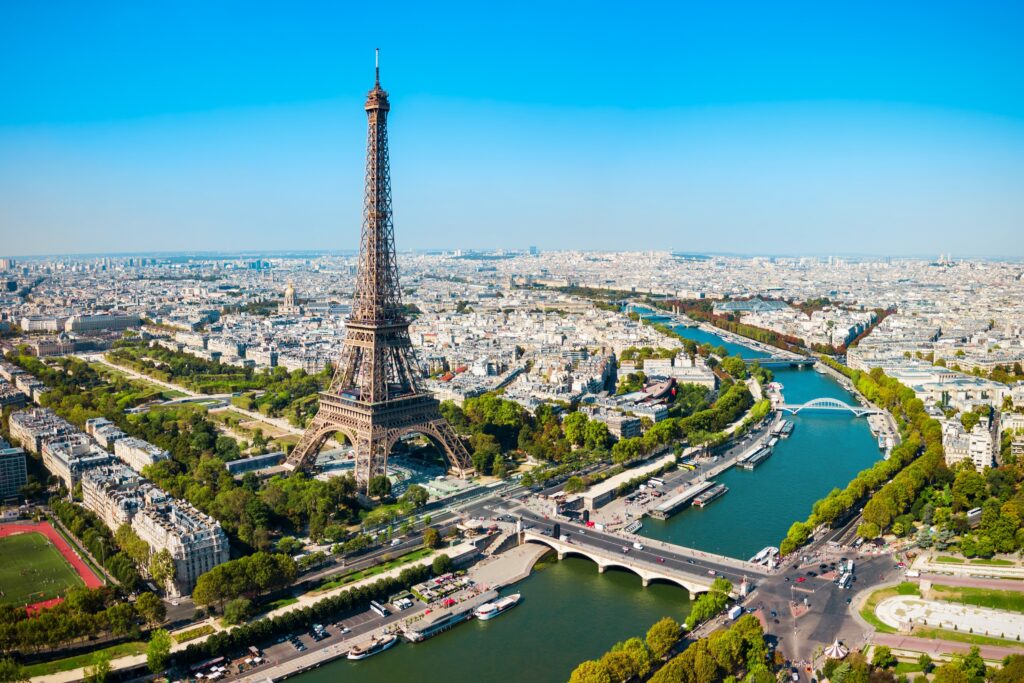
Rising high above the Paris skyline, the Eiffel Tower is one of the most recognizable structures on the planet. Built for the 1889 World’s Fair, it was once criticized but has since become a global symbol of romance and art. Visitors can admire it from the ground, picnic in the nearby Champ de Mars, or take the elevator to enjoy sweeping views of the city.
At night, the tower glitters with thousands of lights, creating a breathtaking display that feels unforgettable. Cafés and streets nearby offer charming spots to linger and admire the view. Whether you’re seeing it for the first time or returning again, the Eiffel Tower always feels iconic.
Great Wall of China – China

Stretching thousands of miles across mountains and valleys, the Great Wall of China showcases the scale of ancient engineering. Built over centuries to protect dynasties from invasions, it remains a powerful reminder of China’s long history. Some sections are fully restored while others remain rugged and weathered, showing the passage of time.
Walking along the wall offers views of dramatic landscapes that shift with each season. Popular spots like Badaling are easier to access, while remote stretches give a quieter, more authentic experience. No matter where you go, the sense of history is undeniable.
Machu Picchu – Peru
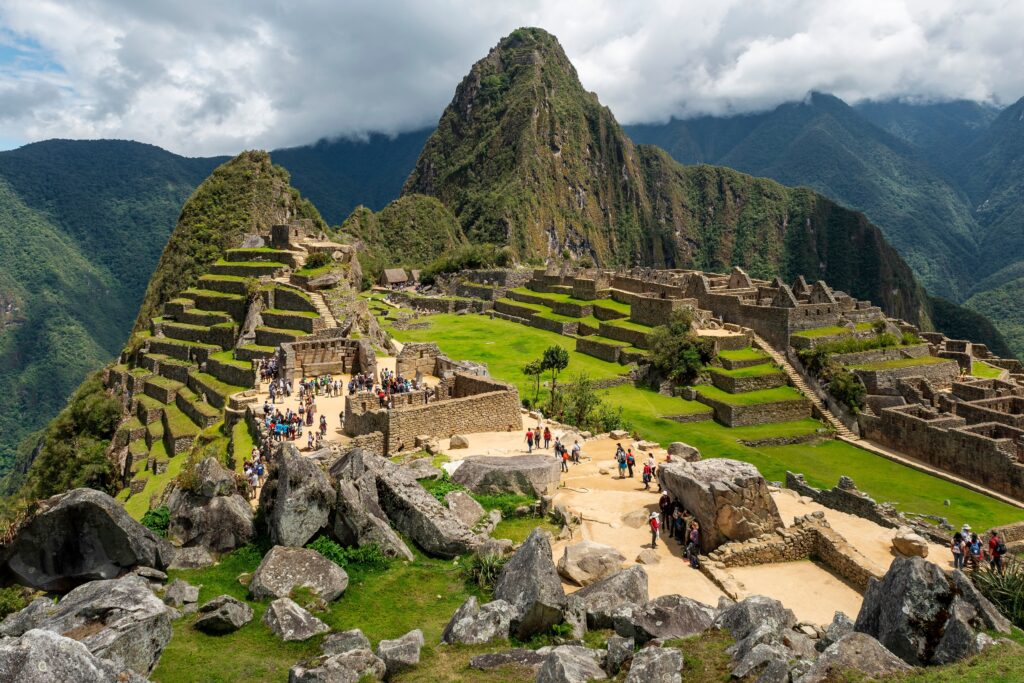
Hidden high in the Andes, Machu Picchu was once a thriving Incan citadel. Rediscovered in 1911, its stone terraces, temples, and houses reveal the skill and ingenuity of its builders. The surrounding mountains and lush greenery add to its dramatic setting.
Many travelers hike the Inca Trail to reach the site, while others take the train and bus for an easier route. Sunrise over the ruins is particularly magical, with clouds drifting across the peaks. Visiting Machu Picchu feels like stepping back in time.
Taj Mahal – Agra, India
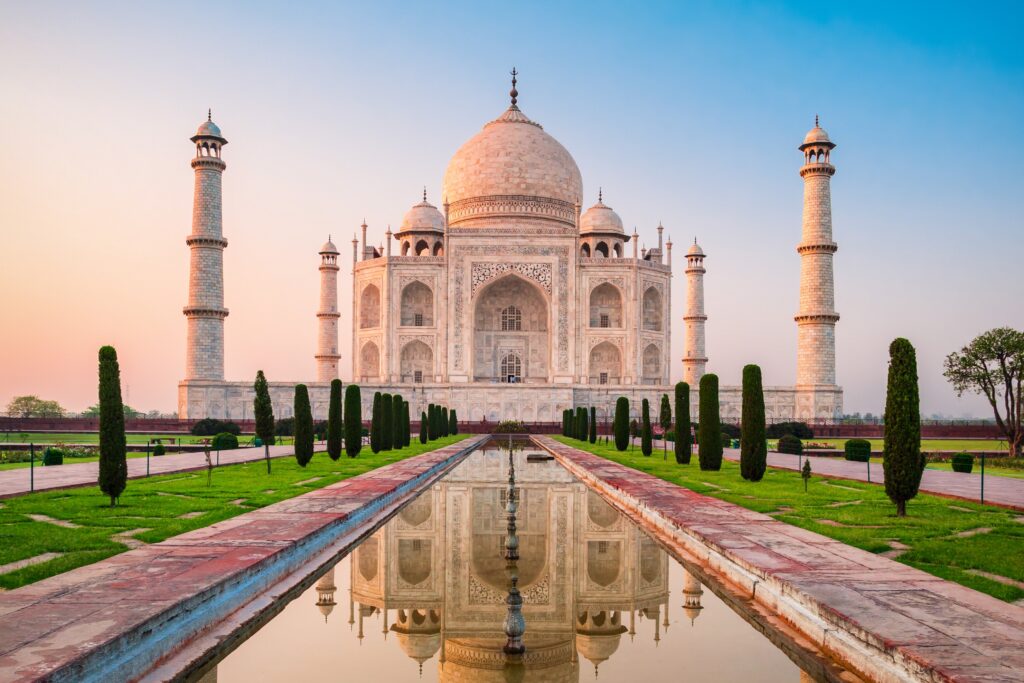
The Taj Mahal is widely admired for its stunning white marble and symmetrical design. Built in the 1600s as a mausoleum for Emperor Shah Jahan’s wife, it stands as a symbol of enduring love. Intricate carvings, inlaid gemstones, and reflective pools create a setting that feels both grand and serene.
Early morning or evening visits are especially beautiful, as the marble changes color with the light. Visitors often linger in the gardens to take in the full view. The Taj Mahal’s presence leaves an impression that words cannot fully capture.
Pyramids of Giza – Egypt
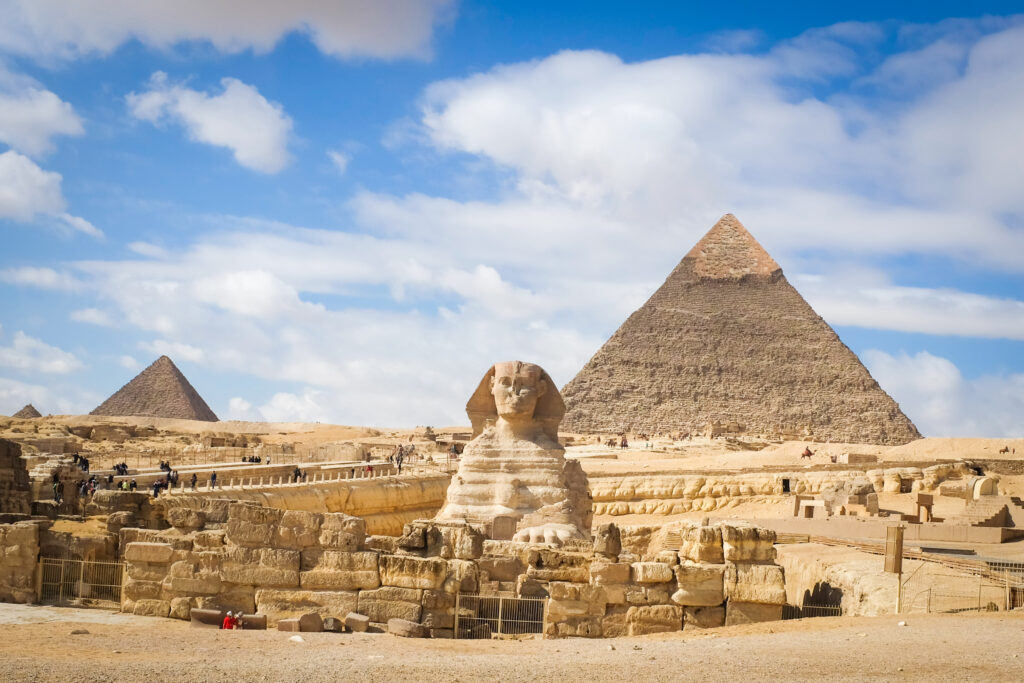
The Pyramids of Giza remain some of the most fascinating ancient structures still standing. Built as tombs for pharaohs more than 4,000 years ago, they reflect the engineering skill and power of ancient Egypt. The largest, the Great Pyramid of Khufu, once stood as the tallest man-made structure in the world.
Nearby, the Great Sphinx adds to the site’s mystery and appeal. Many travelers choose camel rides around the area to take in the vast desert views. Standing before the pyramids is a humbling reminder of human achievement.
Statue of Liberty – New York City, USA

Gifted to the United States by France in 1886, the Statue of Liberty has long stood as a symbol of freedom and hope. Located on Liberty Island, it welcomes visitors arriving by ferry with its impressive torch and crown. The pedestal and museum provide deeper insight into its history and meaning.
Climbing to the crown offers a unique perspective of New York Harbor. From the ferry, the skyline serves as a striking backdrop to the statue itself. For many, seeing it in person feels like a once-in-a-lifetime moment.
Colosseum – Rome, Italy
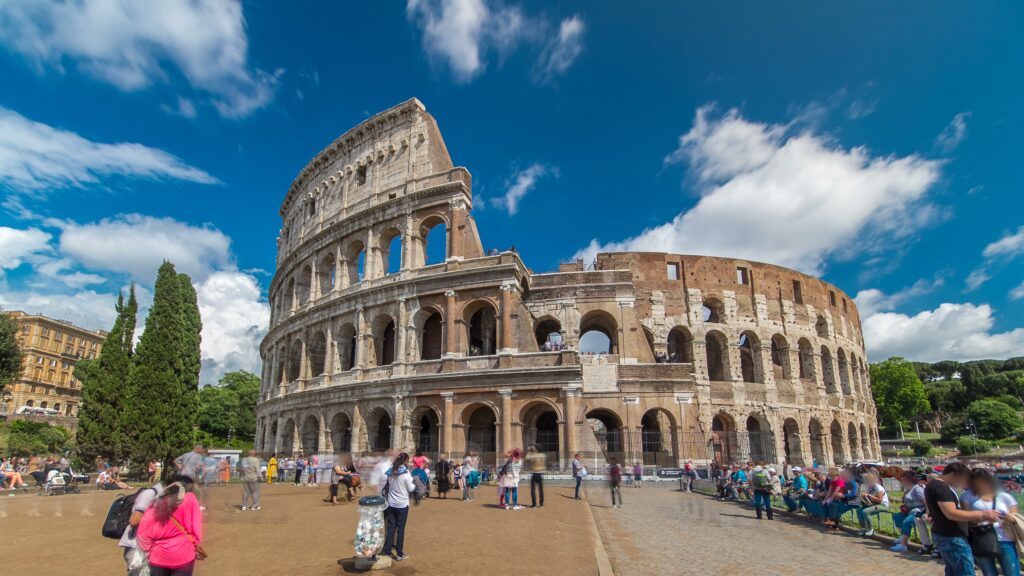
The Colosseum is an enduring monument to the grandeur of ancient Rome. Built nearly 2,000 years ago, it once hosted gladiator battles and public spectacles that drew crowds of thousands. Its elliptical structure and stone arches remain remarkably preserved despite centuries of wear.
Walking inside, visitors can imagine the roar of the crowd and the scale of events that took place there. Guided tours reveal underground tunnels where gladiators and animals were once held. The Colosseum stands as both an architectural marvel and a piece of living history.
Sydney Opera House – Sydney, Australia
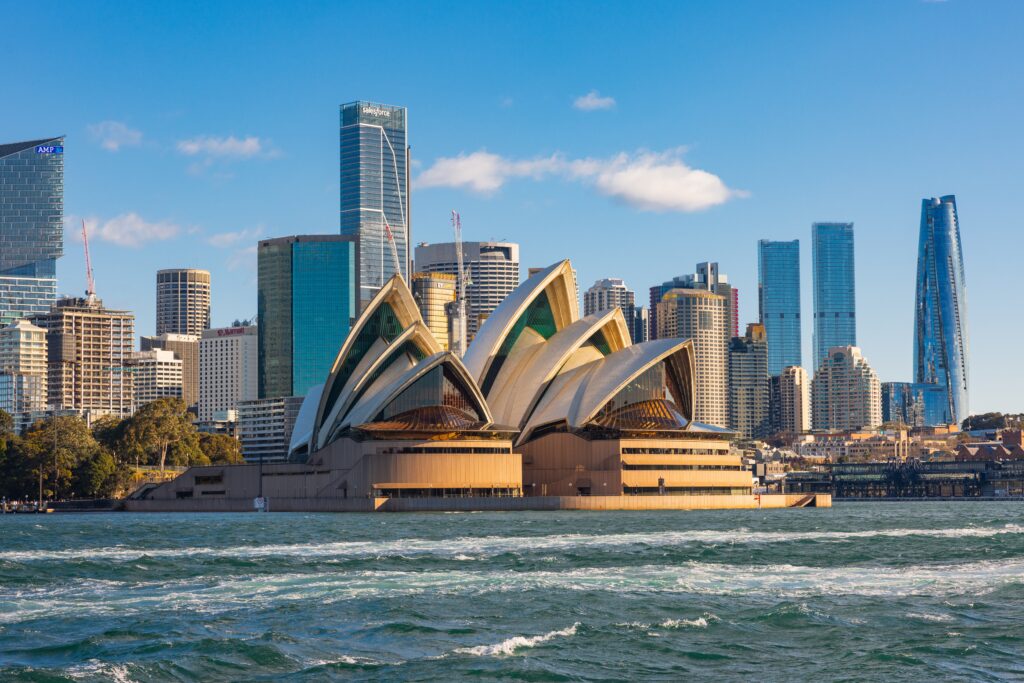
With its sail-like design, the Sydney Opera House is one of the most distinctive buildings in the world. Completed in 1973, it sits on Bennelong Point overlooking the harbor, making it a centerpiece of Sydney’s skyline. The venue hosts a variety of performances, from opera to theater to concerts.
Visitors can enjoy a guided tour, attend a show, or simply admire the structure from the outside. The nearby Royal Botanic Garden and Sydney Harbour Bridge make the area especially vibrant. Few landmarks blend modern design with cultural significance quite like it.
Christ the Redeemer – Rio de Janeiro, Brazil
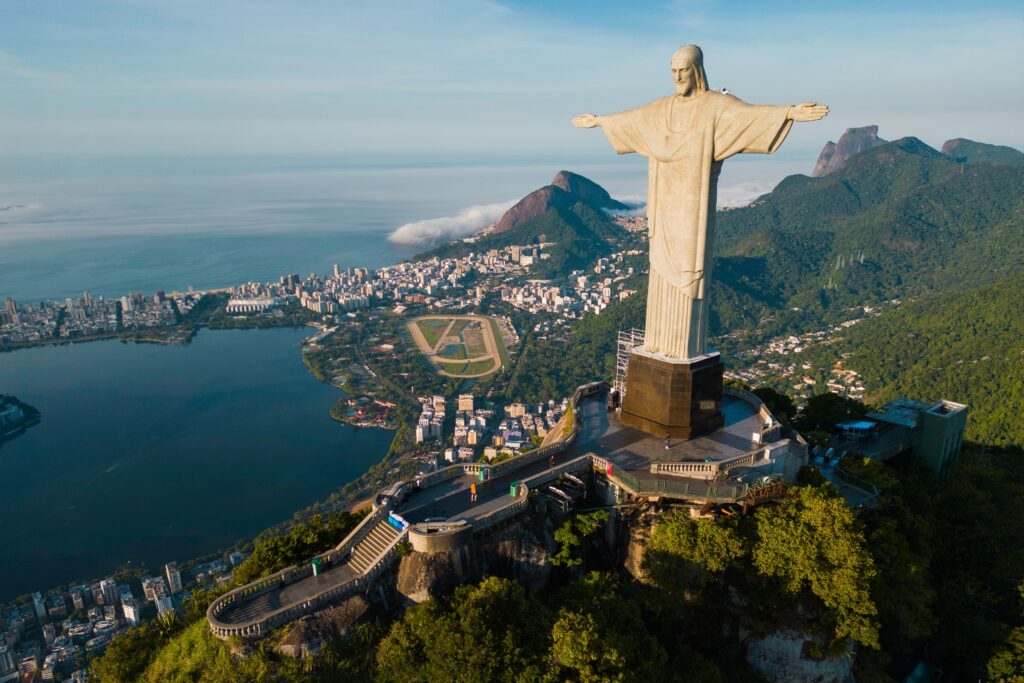
Standing atop Corcovado Mountain, Christ the Redeemer is one of the most famous religious monuments ever built. Completed in 1931, the statue stretches its arms wide as if embracing the city below. The panoramic views from its base are equally remarkable.
Travelers can reach the statue by train or shuttle, winding through the Tijuca Forest along the way. The site attracts visitors from all over the world who come to admire both its message and its beauty. Seen from afar or up close, it remains unforgettable.
Stonehenge – Wiltshire, England
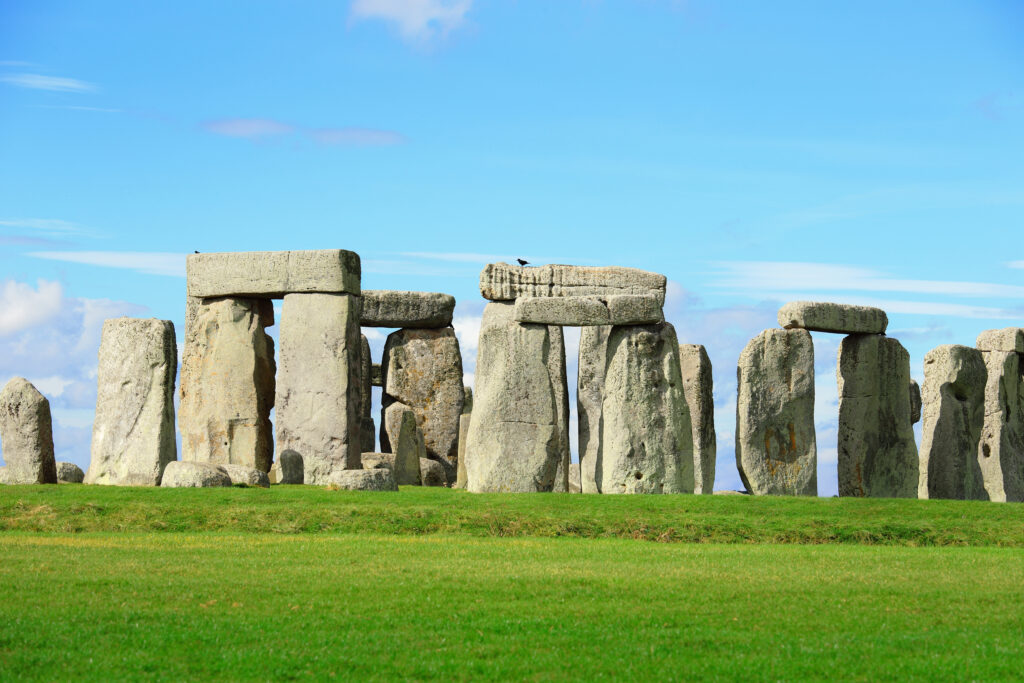
Stonehenge has puzzled historians and archaeologists for centuries. This circle of massive standing stones, some weighing more than 25 tons, dates back thousands of years. Its exact purpose remains uncertain, though theories range from astronomical observatory to ceremonial site.
Visiting Stonehenge allows people to reflect on its mystery and significance. Surrounding fields and walking paths add to the sense of quiet wonder. The site has inspired stories, research, and fascination for generations.
Mount Fuji – Japan
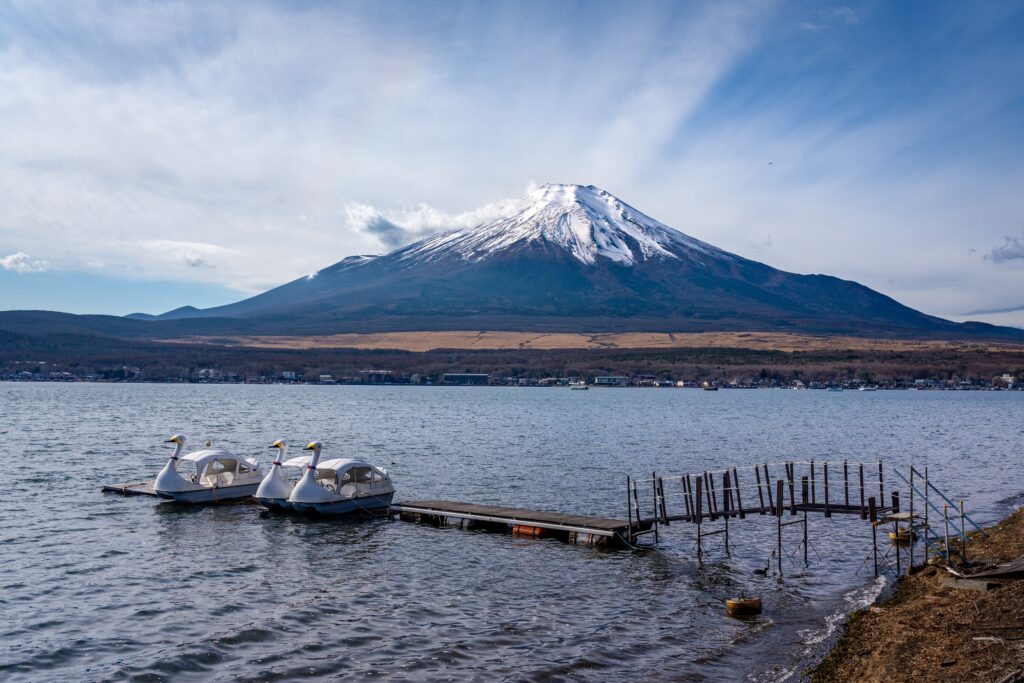
Mount Fuji, Japan’s highest peak, is both a natural wonder and a cultural treasure. Its symmetrical cone has long been a subject of art, poetry, and pilgrimage. On clear days, it rises majestically above the surrounding landscape, visible even from Tokyo.
Many climbers attempt the ascent during the summer months, while others prefer admiring it from nearby lakes or hot springs. Each season brings a different view, from snow-capped winter peaks to colorful autumn foliage. The mountain holds a timeless appeal that draws millions each year.
Angkor Wat – Cambodia
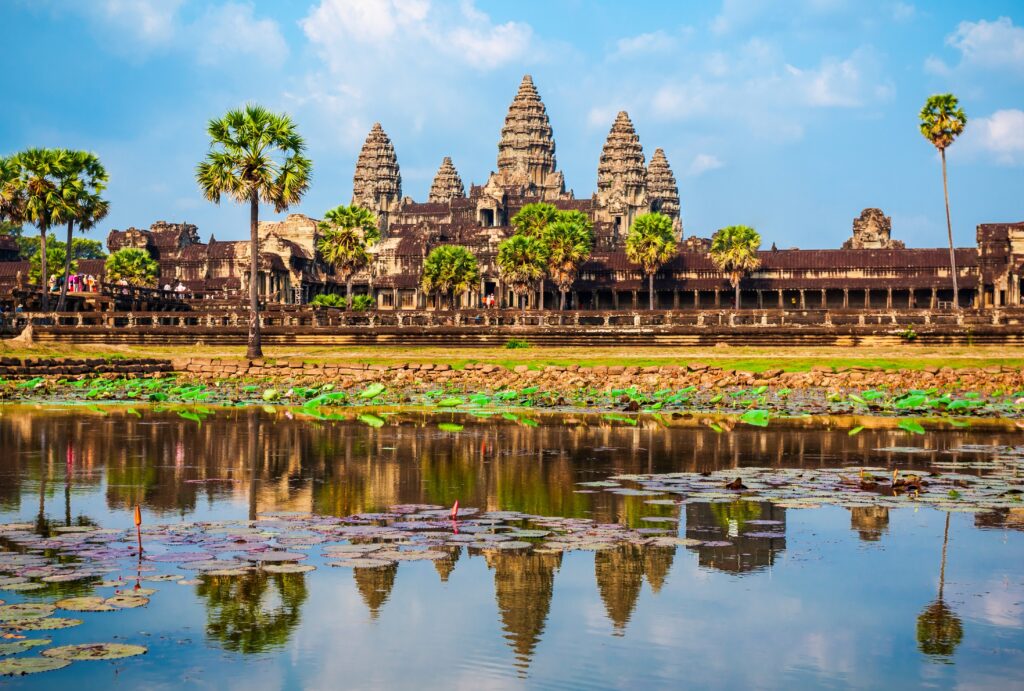
Angkor Wat is the largest religious monument in the world, originally built in the 12th century as a Hindu temple. Over time, it became a Buddhist site and remains a place of deep spiritual importance. Its bas-reliefs and stone carvings depict stories from mythology and history.
The best time to visit is at sunrise, when the temple is silhouetted against the sky and reflected in its moat. Exploring the vast complex reveals countless towers, courtyards, and passageways. It is a place where history and spirituality come together in remarkable ways.
Petra – Jordan

Carved into rose-red cliffs, Petra is often called the “Lost City” for its hidden location. Once a thriving trade center of the Nabataeans, its elaborate facades and tombs showcase remarkable craftsmanship. The most famous structure, the Treasury, greets visitors after a dramatic walk through the Siq canyon.
Beyond the Treasury, Petra extends into a wide area filled with temples, theaters, and tombs. Hiking up to the Monastery offers panoramic views of the surrounding desert. The city’s blend of natural beauty and human achievement makes it unforgettable.
Niagara Falls – USA/Canada
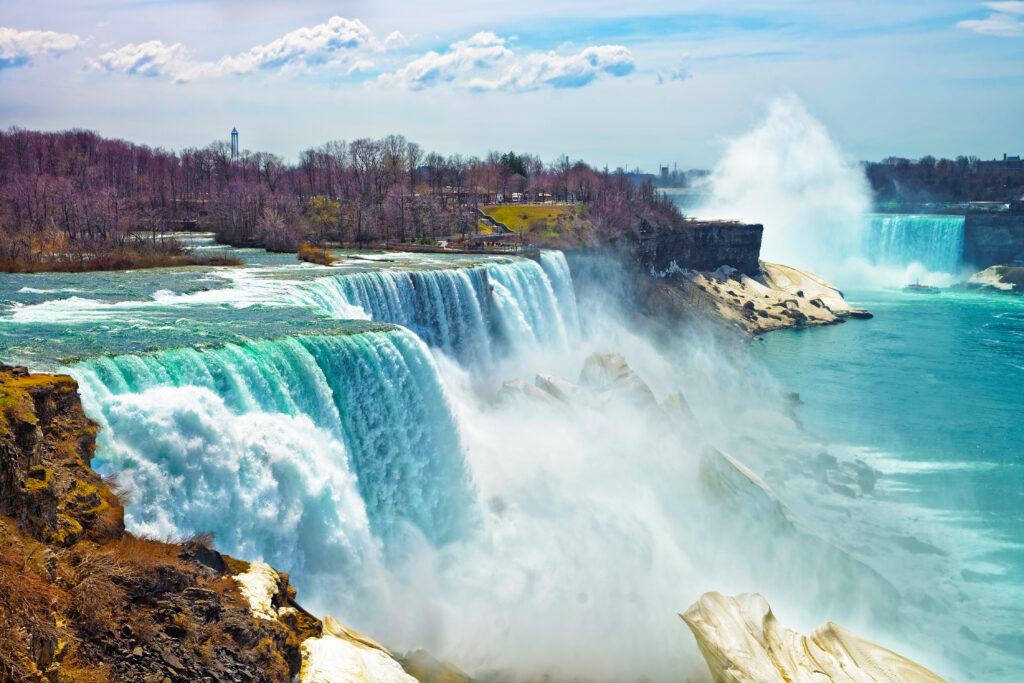
Niagara Falls is a breathtaking natural landmark that straddles the border between the United States and Canada. Its three massive waterfalls—Horseshoe, American, and Bridal Veil—send millions of gallons of water crashing down each minute. The thunderous roar and mist create an unforgettable atmosphere.
Visitors can take boat tours like the Maid of the Mist to get close to the falls, or view them from observation decks on either side of the border. Illuminated at night, the falls glow in vibrant colors. It’s a destination that combines natural power with scenic beauty.
Santorini’s Caldera – Greece
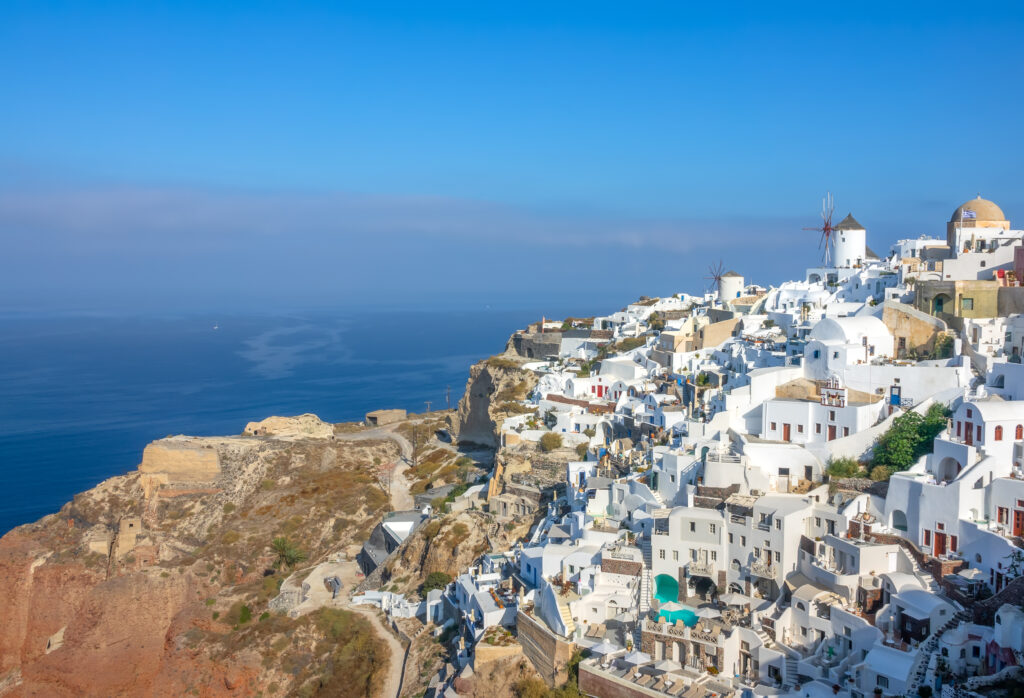
Santorini’s caldera was formed by a massive volcanic eruption thousands of years ago. Today, it’s known for its dramatic cliffs, deep blue waters, and whitewashed villages that cling to the edge. The contrast between sea, rock, and architecture makes it one of the most photographed places in the world.
Sunset in towns like Oia draws visitors from across the globe, each eager to see the sky painted in brilliant colors. Local tavernas and winding alleys add to the island’s charm. The caldera provides a view that feels both tranquil and awe-inspiring.
This article originally appeared on Avocadu.
